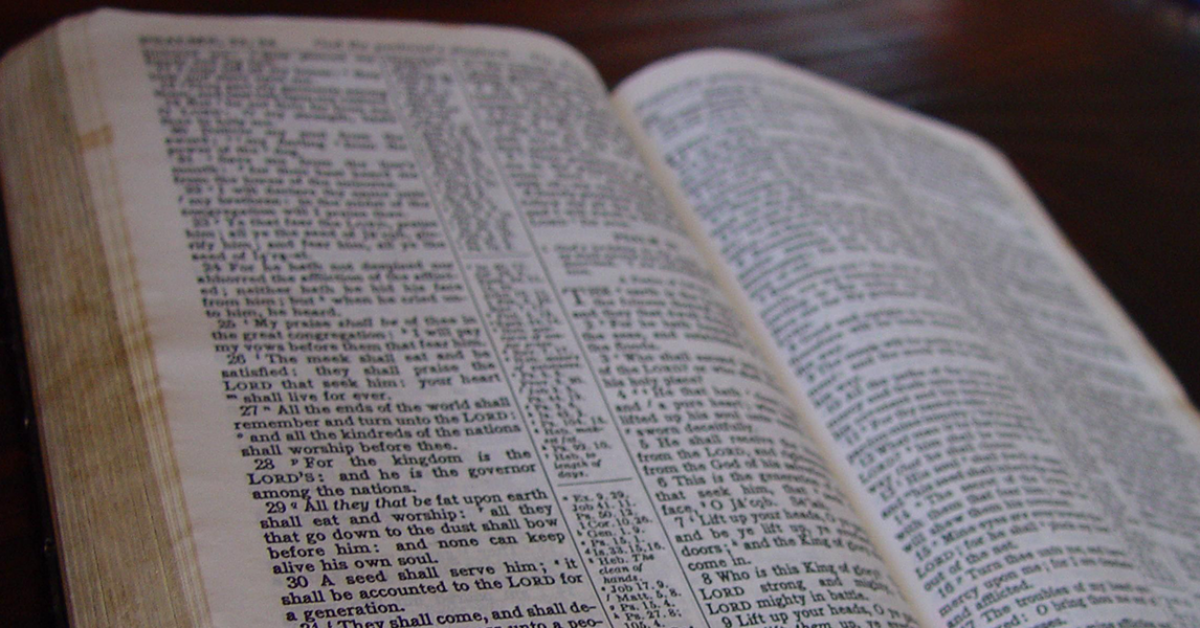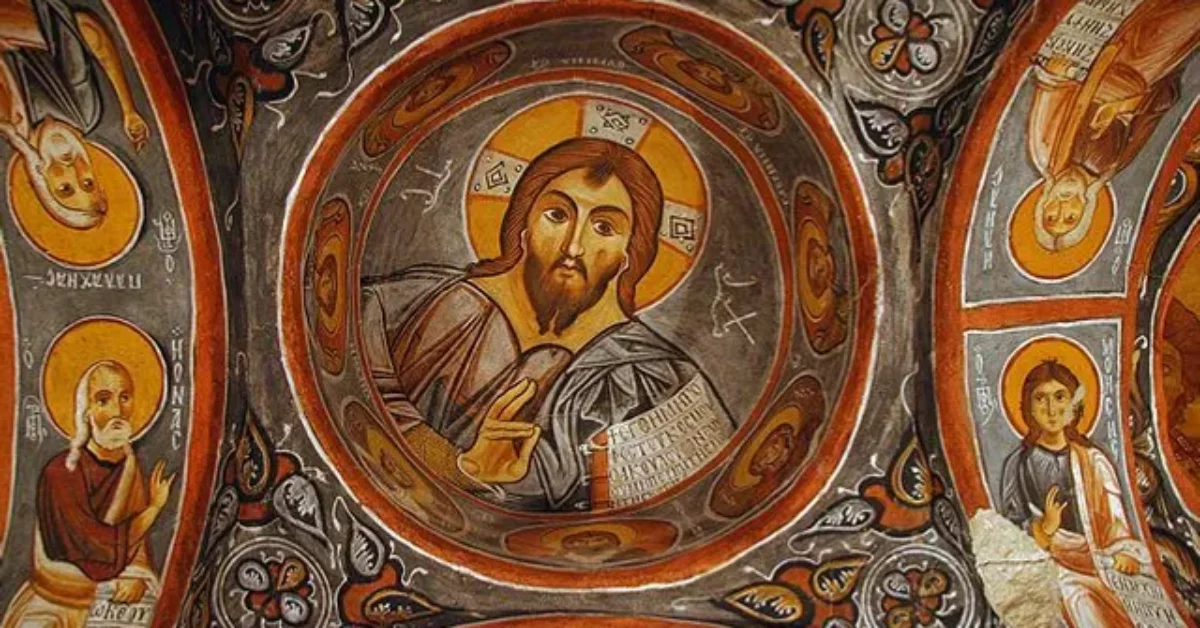Formational Reading of Scripture Series
Today we wrap up the Formational Reading of Scripture Series by reviewing briefly each of the three “methods” of Scripture study commonly used in adult faith formation settings—African, Luther’s Four Strand Garland, and Visualization. Drawing on Understanding Faith Formation: Theological, Congregational, and Global Dimensions by Maddix, Kim, and Estep, Kent introduced this series by highlighting key aspects of “formational reading” (95-96). These goals described in Understanding Faith Formation are worth repeating; such reading …
- Allows the biblical text to master the reader
- Forms a humble, receptive approach to the Scriptures
- Expects an openness to mystery (especially of God) as encountered in the text
The African Method of Scripture Study
This method works particularly well in the first two stages of the catechumenal process, the stages of Inquiry and the Catechumenate. Kent wrote that the African method “exposes inquirers and catechumens to the Word of God in a non-threatening and inviting way. It facilitates an encounter with the Word in which becoming familiar with God’s self-revelation in Christ Jesus is at the center.”
The biblical text is read three times with a different question/prompt for reflection and sharing in the group. These prompts are designed to lead the participants to “ponder in their hearts” the words of Scripture; to hear God speaking to them through Scripture; and to see Jesus in light of their daily concerns and needs. Blog readers can review the method with the “prompts” for reflection and sharing here.
Luther’s Four-Strand Garland Method
Kent wrote: “In contrast with the African method, this method begins to expand more fully into the life of prayer and into the discipled life of the Christian.” Thus, it would be most fitting to use this method in the second or third stages of a catechumenal process, the states of the Catechumenate and Enlightenment (or intense preparation).
The four strands of the garland are instruction, thanksgiving, wholeness/confession, and presence. I wrote, “The first and fourth strands, instruction and presence, begin and end the study by listening for God’s voice and resting in the assurance of God’s presence. These strands anchor the entire method in God’s grace, God’s initiative toward us—God is speaking to us, calling to us; God is present with us always, whether we realize it or not. The inner strands call us to respond to God’s grace, first by inviting us to be thankful for what God has done, and then by training us to examine ourselves, identifying our ‘woundedness’ and ‘sinfulness’ brought forth by the biblical text; the confession … [draws] us toward wholeness and healing, toward dying to self and rising in Christ, and into a closer relationship with God. To review the complete description, click here.
The Visualization Method
As Go Make Disciples indicates, “The point of visualizing a passage is to help members of a group see the word of God as it is: lively, active, and speaking to their lives here and now. They might find themselves in a character of the story or in several characters. They might picture truths about their own lives that are illuminated by the acting out of the story” (141-2). Because this method works best when there is some knowledge and awareness of the Scriptures and a sense of community is taking shape in the catechumenal cohort, it functions particularly well in the stages of Enlightenment and Mystagogy. This method recognizes that the creative process can make a deep impact on learning for many people. As the “riskiest” of the three methods, it calls for the leaders to trust the creative work of the Spirit through the power of the proclaimed Word. To review the steps in the visualization method, click here.
To close, consider these words of St. Paul, “So faith comes from hearing, and hearing through the word of Christ” (Romans 10:17 ESV). Each of the three methods is anchored in hearing the Scriptures and are designed so that the biblical text masters the reader (not vice versa), forms a humble, receptive approach to the Scriptures, and expects an openness to mystery (especially of God) as encountered in the text.


